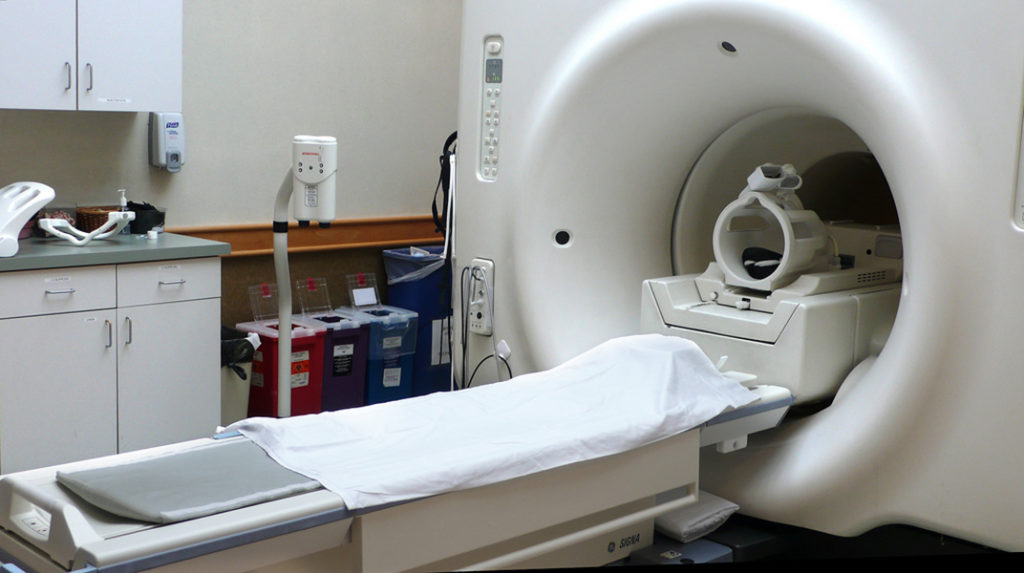How can our blood deliver vital oxygen and nutrients to our brains, while also not bringing with it any possible infection that may be in the blood? A unique physiological feature called the blood-brain barrier offers protection. It is a very tightly-knit barrier between the brain’s blood vessels and the rest of the brain tissue. Much like a filter, the blood-brain barrier stops pathogens or toxins from reaching the brain.
It does this through having structures known as “endothelial tight junctions”. Endothelial cells are the cells that line the interior surface of our veins, arteries, and capillaries (the connection point between our veins and arteries where oxygen, nutrients, and waste are exchanged). In the capillaries of the brain, the endothelial cells are grouped together much more tightly than in the rest of the body. As a result of the tight-knit nature of the blood-brain barrier, only very small molecules are able to freely pass between the blood and brain tissue. Larger molecules that are necessary for brain function, such as energy-rich glucose, require special transporter proteins which act as gateways for these specific molecules. Because of these special transporter proteins, the brain can still receive the vital nutrients that it needs to function while guarding itself against infection.
Unfortunately, this high level of protection does have a drawback. This same system that protects the brain against pathogens or toxins also blocks any potential drug treatments from reaching the brain. The blood-brain barrier is a major obstacle in delivering therapeutic compounds to the brain, which has serious implications for the treatment options for many neurological disorders, including Alzheimer’s disease and brain cancer.
Recently, a group of researchers at Sunnybrook Hospital at the University of Toronto demonstrated that focused ultrasound treatments temporarily “opened” the blood-brain barrier in a number of human Alzheimer’s disease patients. Ultrasound isn’t just for taking photos of unborn babies. In general, it refers to the use of sound waves with frequencies higher than is detectable by human hearing – bouncing these waves off of objects for imaging is only one of its uses.
This blood-brain barrier ultrasound procedure was non-invasive and determined to be safe, with no serious side effects in any of the participants. The patients were fitted with helmets that housed more than 1,000 transducers, which are small devices that would convert electrical energy into sound waves. These helmets delivered ultrasound pulses focused on precise points inside the patients’ brains. Before each pulse, doctors injected tiny air bubbles into a vein in the patient’s hand, with the hope that the air bubbles would travel to the capillaries of the blood-brain barrier and vibrate when struck by the ultrasound. This vibration then would cause the blood vessels to expand and create temporary gaps in the blood-brain barrier.
Focused ultrasound has been used in experiments in a variety of animal models of diseases, including brain tumors, Parkinson’s disease, and Alzheimer’s disease to improve the delivery of therapeutic substances. Because this was a Phase I pilot study, the main objective was to determine that the procedure was safe in humans. Now that this has been confirmed, scientists can conduct future studies in animals that combine focused ultrasound therapy with medications and assess whether the benefits translate to humans.


